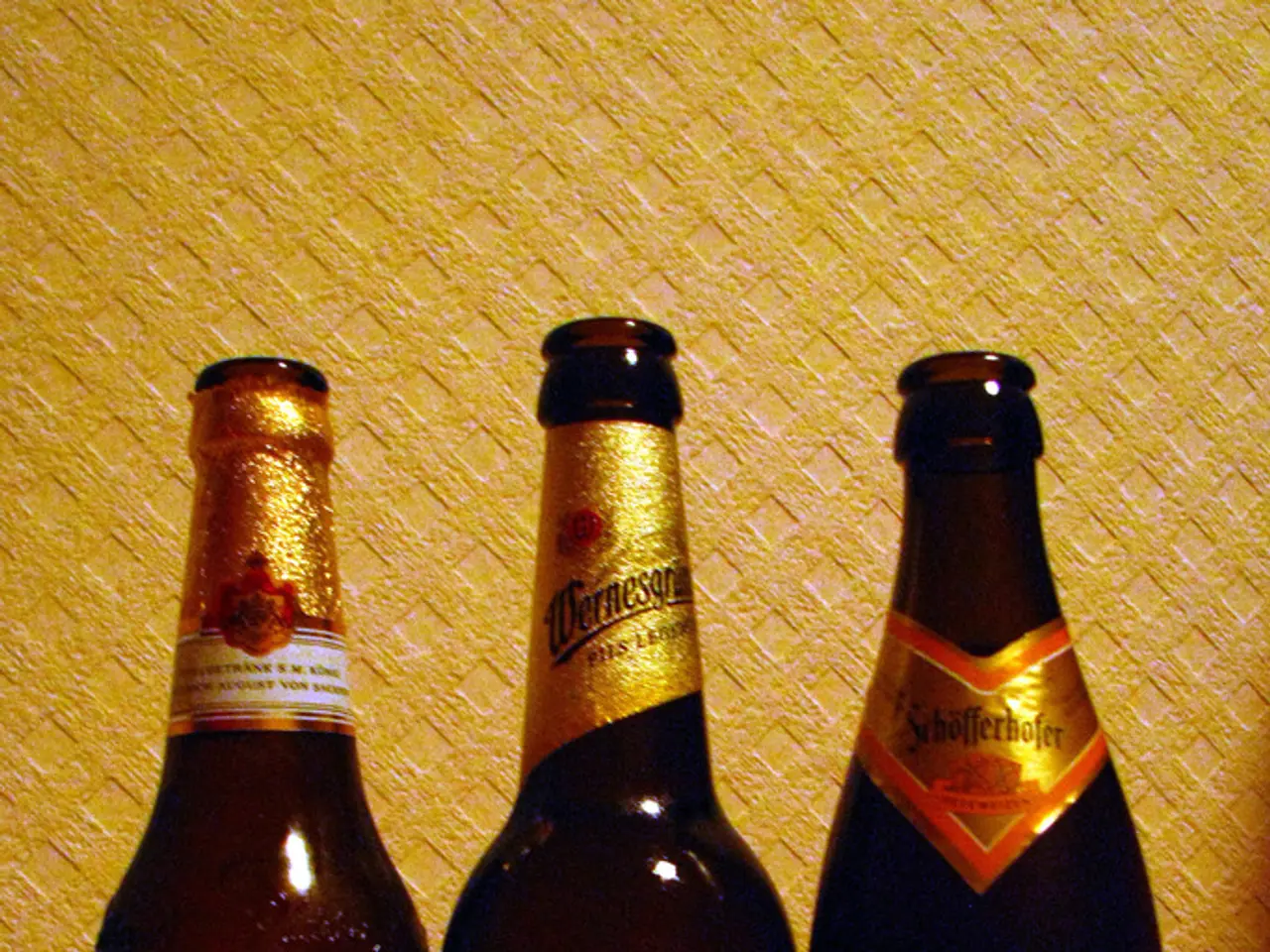Unveiling the Source of Honey in Clarity
Consumers in Europe will soon have a clearer understanding of the origin of their honey, as the European Union is introducing a new regulation that requires honey jars to state the countries of origin according to weight share. This move has been welcomed by consumer organizations, including Foodwatch, who have long criticized the current labeling as being too vague.
According to Foodwatch CEO Chris Methmann, this new rule is long overdue. He stated, "Transparent origin labeling for honey is essential for consumers who want to know where their food comes from." The new regulation, which is set to come into force on June 14, 2026, will create a 24-month transition period for businesses to adjust to the new labeling requirements.
The new regulation will not only apply to single-origin honeys but also to blends. For blends, countries will be listed in descending order of their share, with the weight percentage indicated. This is a departure from current EU law, which only requires the country of origin to be stated, but allows for vague generalizations if the jar content comes from multiple countries.
The Federal Ministry of Food and Agriculture is responsible for the national implementation of this regulation. Minister Alois Rainer (CSU) supports this regulation, stating that it will provide clarity about the origin of each jar of honey. He added, "This regulation will ensure that consumers can make informed choices about the products they purchase."
In 2023, the main countries of origin for honey imports in the EU were Ukraine (22%), Argentina (14%), Romania, and Mexico (each 7%). However, the most frequent countries of origin for honey mixtures imported into Germany after the new origin labeling regulations take effect in mid-2026 are not explicitly listed in the available data. Major honey and related food imports to markets connected to Germany commonly originate from countries such as China, Thailand, and Indonesia, based on trade patterns in related food imports like sugar and honey products.
The Honey Importers and Packers Association has stated that the new labeling regulations have nothing to do with quality. They argue that blending honeys from different sources ensures a consistent product in terms of taste, consistency, and quality. However, Chris Methmann has called for strict controls against "honey fraud" involving sugar syrup. He stated, "It is essential that we ensure the integrity of the honey we consume, and this regulation is a step in the right direction."
Products manufactured, filled, and labeled according to the old rules before the deadline can still be sold after the deadline. This means that consumers may still encounter products with the old, less specific labeling in the months following the implementation of the new regulations. However, the hope is that the new regulations will lead to a more informed and empowered consumer base, who can make decisions about the products they purchase based on a clear understanding of their origin.
Read also:
- Impact of Alcohol on the Human Body: Nine Aspects of Health Alteration Due to Alcohol Consumption
- Understanding the Concept of Obesity
- Tough choices on August 13, 2025 for those born under Aquarius? Consider the advantages and disadvantages to gain guidance
- Microbiome's Impact on Emotional States, Judgement, and Mental Health Conditions








